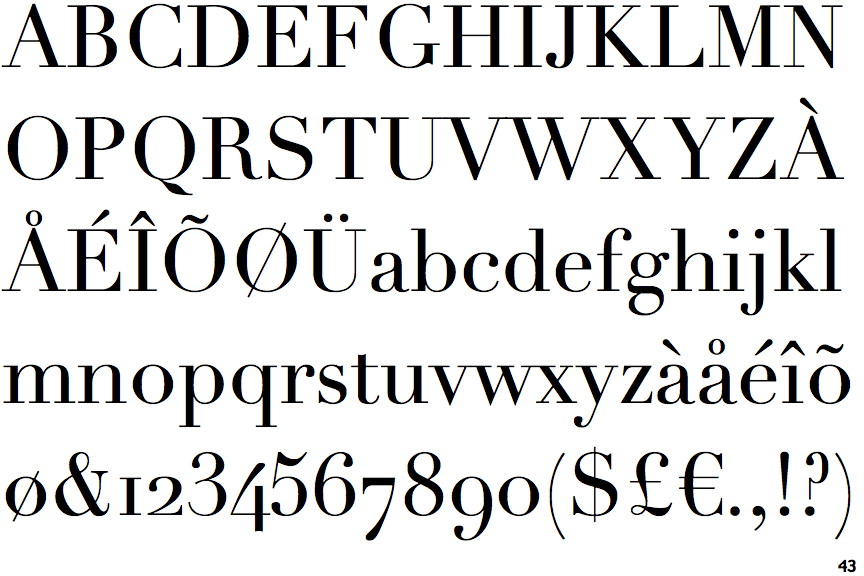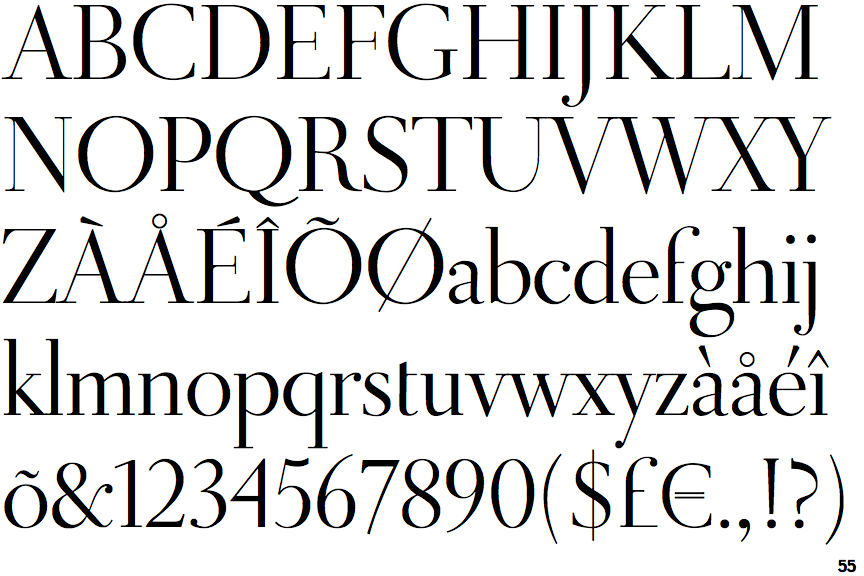Differences
Didot
 |
The upper-case 'J' sits on the baseline.
|
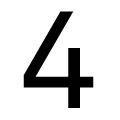 |
The '4' is open.
|
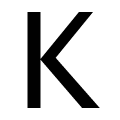 |
The diagonal strokes of the upper-case 'K' meet at the vertical (with or without a gap).
|
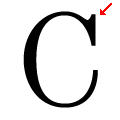 |
The top stroke of the upper-case 'C' has a vertical or angled upward-pointing serif.
|
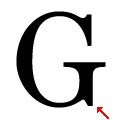 |
The upper-case 'G' foot has a downward pointing spur.
|
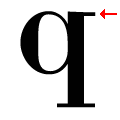 |
The top of the lower-case 'q' has a right-facing serif.
|
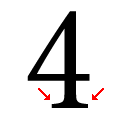 |
The foot of the '4' has double-sided serifs.
|
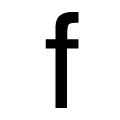 |
The bar of the lower-case 'f' is double-sided.
|
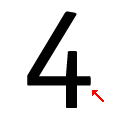 |
The bar of the '4' crosses the vertical.
|
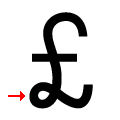 |
The foot of the '£' (pound) has a loop.
|
Note that the fonts in the icons shown above represent general examples, not necessarily the two fonts chosen for comparison.
Show ExamplesDidot Display
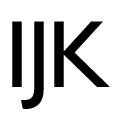 |
The upper-case 'J' descends below the baseline.
|
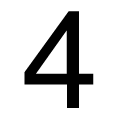 |
The '4' is closed.
|
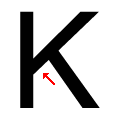 |
The diagonal strokes of the upper-case 'K' meet in a 'T'.
|
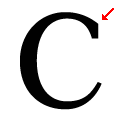 |
The top stroke of the upper-case 'C' has no upward-pointing serif.
|
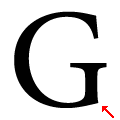 |
The upper-case 'G' foot has no spur or serif.
|
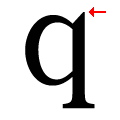 |
The top of the lower-case 'q' has a vertical or slightly angled spur (pointed or flat).
|
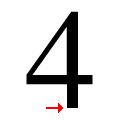 |
The foot of the '4' has no serifs.
|
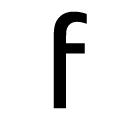 |
The bar of the lower-case 'f' is single-sided.
|
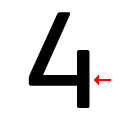 |
The bar of the '4' does not cross the vertical.
|
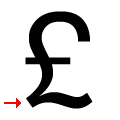 |
The foot of the '£' (pound) has no loop.
|
